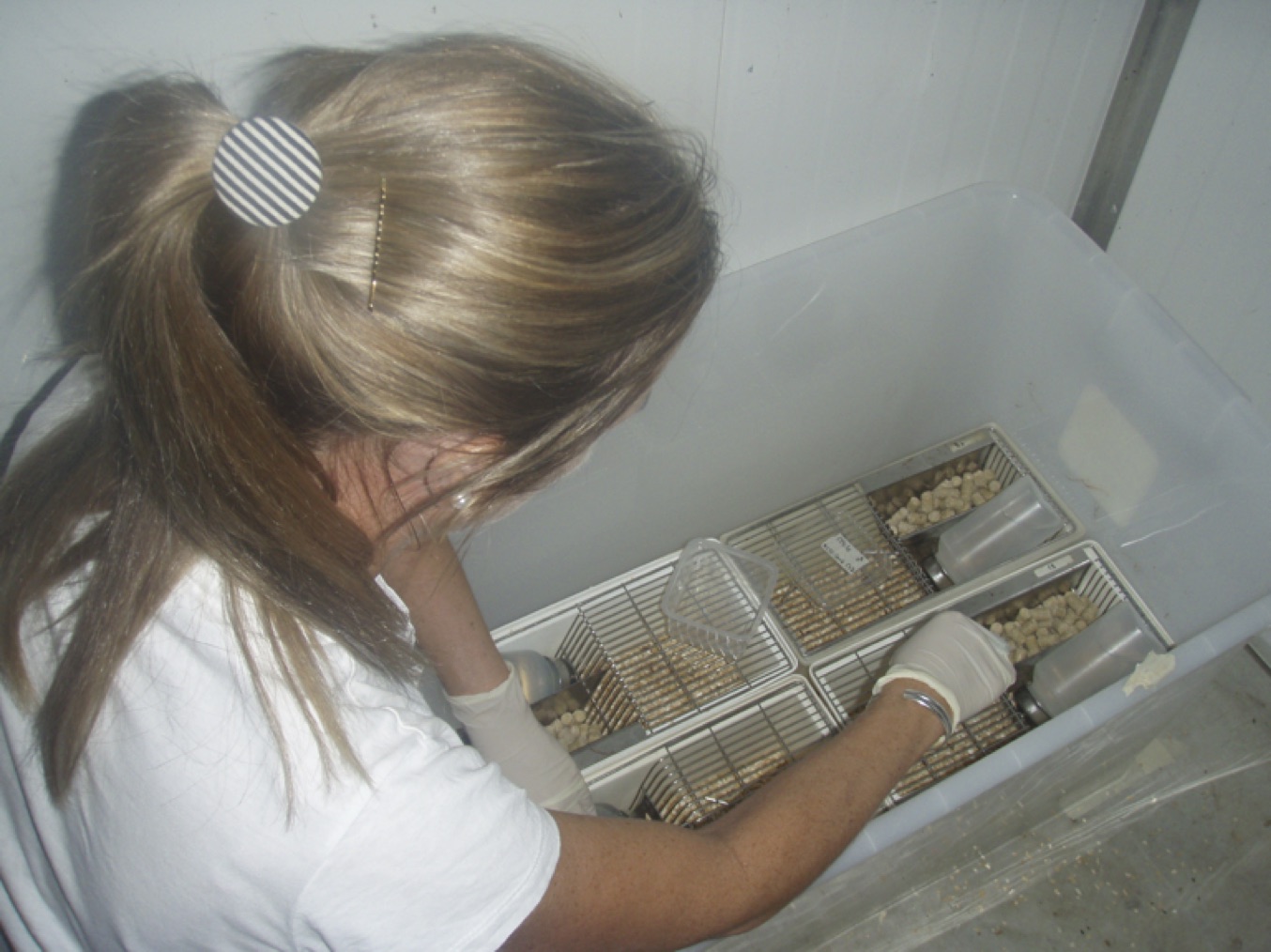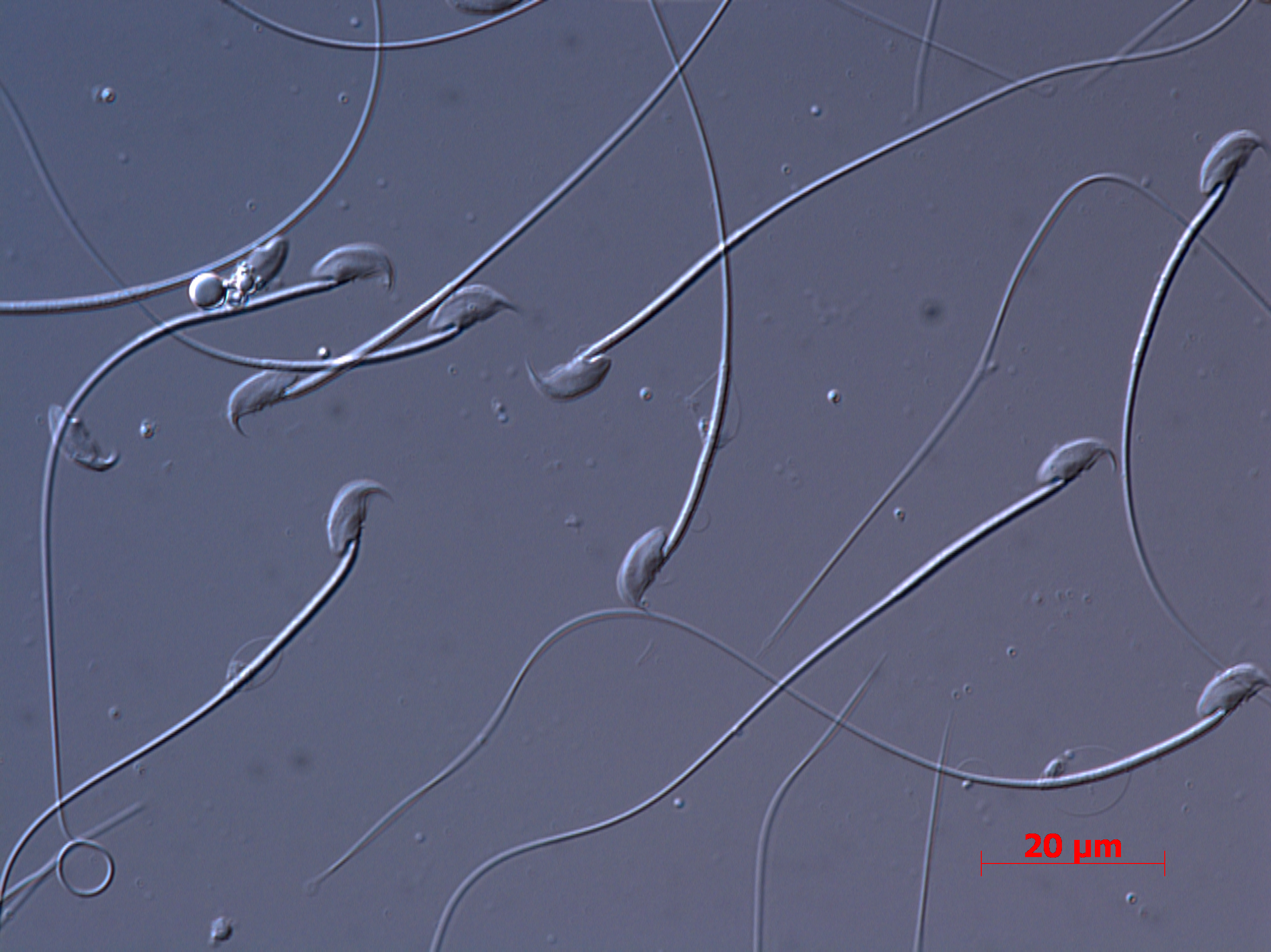A new study published in Evolution Letters reveals that when male house mice develop in a male-biased environment, they go on to produce more Y‑bearing sperm as adults – making them more likely to produce sons. Here, author Dr Renee Firman tells us the story behind her fascinating research.
Research on offspring sex allocation has traditionally focused on the maternal influence. In species in which females are the heterogametic sex, such as birds, mothers dictate the sex of ovulated eggs. In mammals, however, it is more of a level playing field: the paternal gamete determines offspring sex but the outcome of fertilization, and subsequently the development of the offspring, is under maternal control. In an evolutionary sense, the ability to produce sons or daughters under different conditions is a sure-fire way to maximize your grand-parentage. Therefore, both females and males have a lot to gain from being able to manipulate offspring sex. An adjustment in the production of X- versus Y‑chromosome bearing sperm (CBS) (‘sperm sex ratio’) is one potential mechanism for males.
I first became interested in male-driven sex allocation in 2014 when Dr Amy Edwards (La Trobe University) and Professor Elissa Cameron (University of Canterbury) published an engaging review on the topic, aptly named “Forgotten fathers: paternal influences on mammalian sex allocation”. Around this time I was working with Professor Leigh Simmons (University of Western Australia) on uncovering how variation in the social environment influenced male fertility traits in mice. Specifically, we were interested in traits that would give males an advantage when a female had mated with multiple males and the sperm of those rival males were competing to fertilize her eggs (‘sperm competition’). We experimentally controlled the exposure that males had to other individuals during development. In one experimental environment we exposed males to rivals to create the perception that there was strong male competition for a female mate. In a second environment, males were not exposed to rivals so male competition was negligible.

Using this design, and variations along the same theme, we found that exposure to a competitive environment during sexual development results in the production of more sperm. This result is fascinating in the context of sperm competition theory. Much like buying multiple raffle tickets to improve the chance of winning the prize, we had discovered that under competitive social conditions males were able to mediate their sperm production as a means of increasing their chance of success in sperm competition.
It became clear to me that the same experimental design would be useful for testing whether males used social cues to allocate sex in an adaptive way. I discussed this idea with my collaborator, Dr Paco Garcia-Gonzalez (Estación Biológica de Donaña), who had recently co-authored a paper demonstrating that fathers where able to influence offspring sex ratios in white-footed mice. We applied for a small grant, received the funding and a project was born.
Equipped with a strong rationale and solid experimental design for our study, we still faced the challenge of developing an effective method for quantifying sperm sex ratios. Past studies had used different scoring techniques in which X- and Y‑CBS present differently (e.g. fluorescent in situ hybridisation, sperm morphometrics). For efficiency and reliability, we focused on adapting a molecular qPCR assay that had been used routinely in domestic livestock but was yet to be utilised in sex allocation research. To achieve this, we were lucky enough to recruit the genetic expertise of molecular ecologist, Dr Jamie Tedeschi (University of Western Australia), as well as MSc student, Ms Misha Lavoie (University of Western Australia).

Executed superbly by Ms Lavoie, the experiment went off without a hitch and uncovered very interesting results. We found that male house mice exposed to a competitive environment during development produced larger proportions of Y‑CBS compared to males subjected to a non-competitive environment. These findings provide compelling support for the male fertility hypothesis of paternal sex allocation, which predicts that more fertile males should produce more sons. Existing evidence in support of this hypothesis includes the general trend that sub-fertile male humans are more likely to produce a daughter than a son.
Our study suggests that the sperm sex ratio is a malleable trait, making it highly feasible that an adjustment in the sperm sex ratio is indeed an effective way for fathers to mediate offspring sex ratios. Our findings are relevant to the many different disciplines that are invested in offspring gender selection, including human research into the avoidance of sex-related genetic disorders, wildlife conservation and livestock industries. In the future we plan to explore the role that testosterone plays in influencing sperm sex ratios at different developmental stages.

Dr Renee Firman is an ARC Future Fellow at the Centre for Evolutionary Biology, University of Western Australia. The original paper is freely available to read and download from Evolution Letters.


